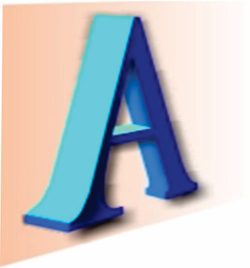SignForce evaluates two common 3D signage systems: the full 3D sign versus a partial 3D sign.
Full 3D Sign
The first, and most common 3D sign, is referred to as a 3D fabricated sign, a pan fabricated sign, or a revere pan fabricated sign, or pan sign. The 3D sign has a face with solid sides to give the sign depth (referred to as a return). This makes the sign look almost like a box. This is ideal because the 3D elements can accommodate lighting, or if there is no lighting it can make the sign stand out and look powerful.
3D signs can be manufactured using a number of materials, with the most common being metal (aluminium) or acrylic. 3D signs have the advantage of being able to be illuminated through the face, in which case the face must be a material that allows for light to flow through it, as well as being able to be ‘halo’ illuminated, where the light will either shine out the sides (returns) or from behind.
The benefits of light coming through the face is that the sign can illuminate in colour and when the sign is being viewed at a distance, the illuminated text is more legible than when the sign is halo illuminated.
Partial 3D Sign

The second type of 3D sign is what SignForce refers to as partial 3D. In the case of partial 3D signs, the 3D element is not created by a return (solid side) but rather by ‘pins’ that hold the face of the sign away from the backing structure. The 3D element can be enhanced using lighting where shadows will add depth and character to the sign.
Partial 3D signs can be illuminated with halo illumination where the light is behind the sign and the light is reflected off the backing structure.
Disadvantages of halo illumination include the colour of the face being lost. However, this is not always the case as it depends on the face colour, the depth of the 3D sign, the colour of the lighting and the distance from which the sign is being viewed.
SIGNFORCE
+27 11 440 7525
https://signforce.co.za







